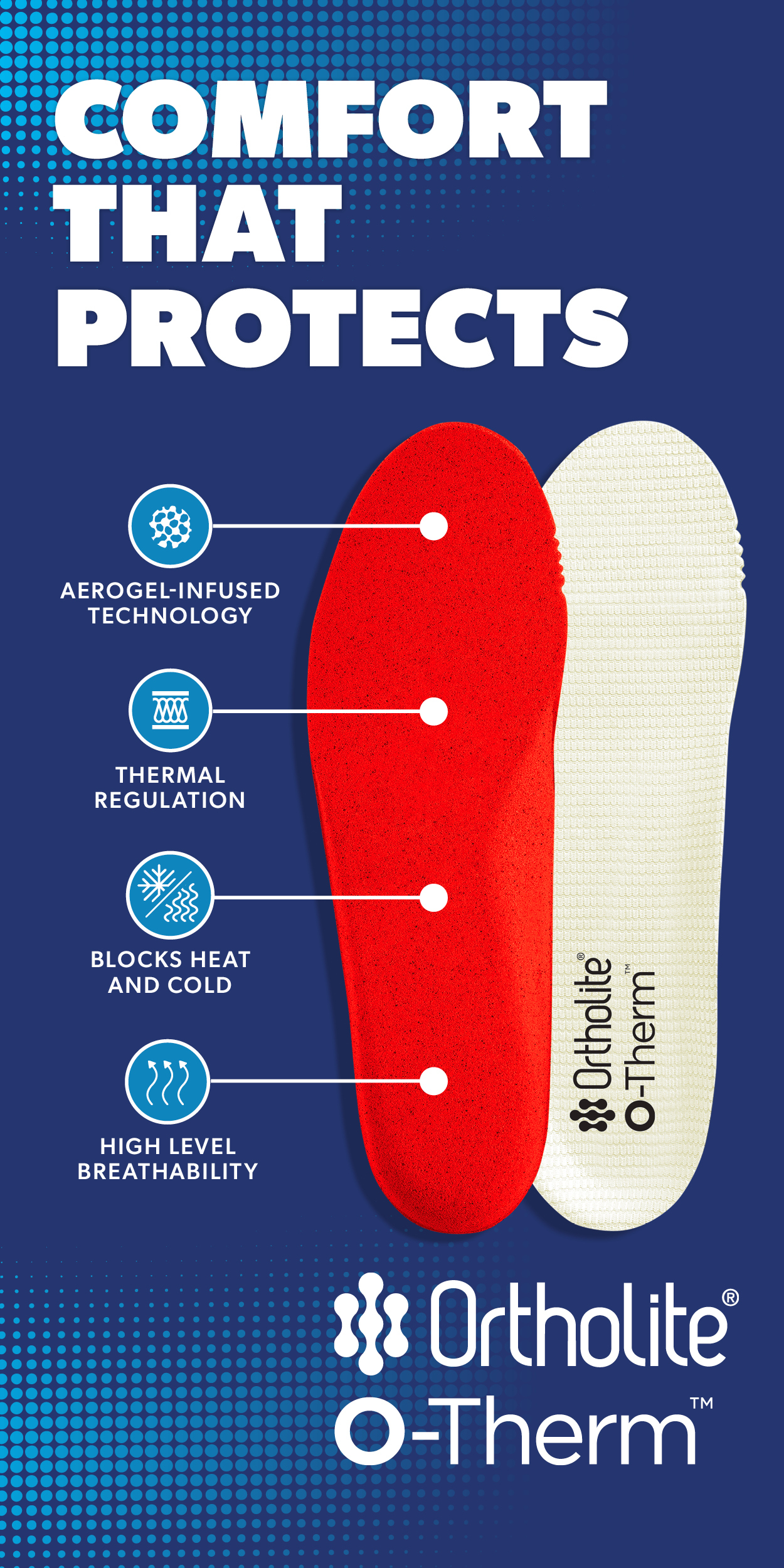Nike responds to Footwearbiz concerns about Flyleather
27/09/2017
Nike describes Nike Flyleather as a performance-engineered leather that is made from at least 50% recycled leather fibres and “completely mimics athletic, pigmented full-grain leathers in everything from fit to touch”.
Footwearbiz asked Nike about some of the claims and Nike responded with their workings. We will discuss the background to the story in a separate article tomorrow.
Questioned on the assertion that 30% of a cow’s hide is discarded and often ends up in a landfill, Nike said solid waste can represent up to 70% of the wet weight of the original hides, according to the Textile Exchange. The Textile Exchange’s document, Material Snapshot 2014, quotes the World Bank (1999), ‘Tanning and Leather Finishing’ in Pollution Prevention and Abatement Hand Book 1998. “When we looked at data from Nike’s leather supply chain, 30% more accurately represented our waste stream,” said Sabrina Oei, senior director of global corporate communications at Nike.
Footwearbiz asked: “If Flyleather uses scrap material from the tanning process, how have you calculated a 90% reduction in water use and an 80% lower carbon footprint? How do you achieve those reductions if tanners carry out the same processes as always to generate the scrap material that you use in Flyleather?”
Nike responded that the figures were the outcome of studies conducted by consultancies Oakdene Hollins and PRé Consultants.
To make Flyleather, discarded leather scrap “from the tannery floor” is combined with synthetic fibres and a fabric infrastructure via a hydro process, which Nike says makes it five times more durable. Inspection agency SGS tested full-grain against the bonded material – both were abraded over 5,000 cycles and assessed for weight loss and visual wear.
Nike also claimed that Nike Flyleather shoes have approximately half the carbon footprint of shoes made with traditional leather, but it is unclear what proportion of a cow’s carbon footprint has been attributed to leather, rather than to meat or other byproducts. Nike said an industry-standard life cycle assessment takes into account the footprint from raw materials acquisition, processing, transport and finishing and found leather has the second-highest highest environmental impact on Nike's carbon emissions and water usage of all materials used.
Nike might come up against barriers for selling Flyleather products in China and Brazil where the word ‘leather’ can only be used for material made from hides, not shredded or bonded fibres, as it is deemed misleading to consumers. “Currently, Nike Flyleather products are only available in the US,” it responded.
Readers are encouraged to send their thoughts about the Flyleather announcement to stephen@worldtrades.co.uk.








